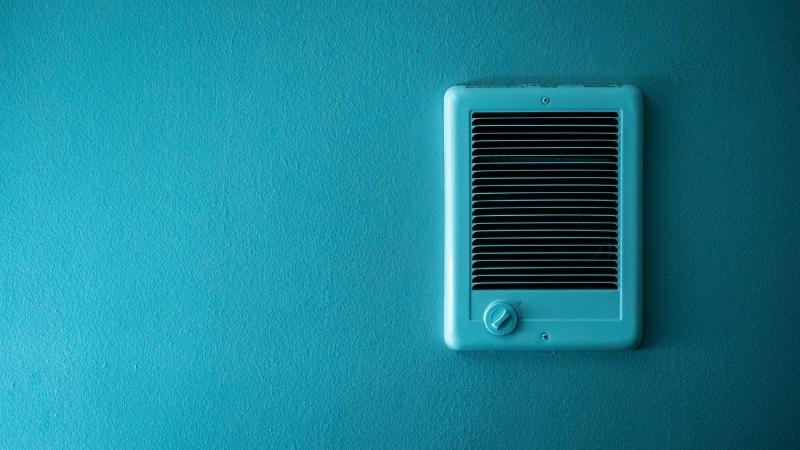The world has seen various forms of gas appliances. Stoves, heaters, cookers, ovens—the one thing that they do is warm or heat anything. The first-ever man also had to discover heat to survive, such is its importance. The most known form of heat in this world is fire.
Lighting up a fire has various ways. Some use extreme friction on flammable substances like dry wood to gradually bring the temperature up to the point of catching fire, or use magnifiers to capture the power of the sun itself on the flammable matter to create fire. No matter what the way is, you always require something flammable to help the fire hold on to something. Gases such as natural gas or propane, are some of the flammable substances that are widely used in gas appliances. Without an ignition source, no gas appliance can be usable.
A gas wall heater, therefore, is no exception.
How does a gas wall heater work?
A gas heater, like most other gas appliances, uses natural gas or liquid propane to work. It can either be vented or ventless which decides its placement in the house; the ventless one can usually be placed comfortably on the ground, which leaves the other one, the vented. The vented heater is installed on the wall, hence the name, gas wall heater.
The primary light inside a gas wall heater is called a pilot light. This is the ignition point of the heater and as soon as it is lit, a massive amount of heat is produced. It eventually flows to the heat exchanger inside the heater, causing the exchanger to force the air out. The temperature gradually rises to the desired one and so the heater begins to blow out the heated air through the blowers inside. The air starts to warm the room.

How to light a gas wall heater
If you have never used a gas wall heater before, this job might be a little challenging for you. However, following some precautionary steps, even a newbie like you should be good to go.
Most companies provide a piezoelectric spark ignitor along with the wall heater. This ignitor can be comfortably used to light up the point of ignition, the pilot light. However, if the heater is an older version, then a match will have to be used. Whatever procedure you follow to light up your heater, the pilot light must be lit up, so before you do, make sure you have changed the gas control to “pilot”.
1) The control and the pilot are generally located at the base of the gas wall heater. Open the base cover and search for the control knob. The control knob should be right in front but the pilot orifice might be a little hard to find as it’s normally inside the burner assembly. There is a very narrow copper tube connected to it, so you can use a flashlight to follow it and reach the pilot orifice.
2) As a precaution, you can turn the control knob completely off. Wait for some time to ensure no leaked gas is suspended in the air. Finally, you can return the knob to the “pilot” position. Push the knob and hold it.
3) If your gas wall heater is a newer version, then you should find a red button next to the gas valve. That’s the piezoelectric spark igniter and you have to press it repeatedly until the pilot light is lit. If, however, your heater is an older version, light the pilot orifice with a match or a long-reach lighter.
4) All gas wall heaters, old or new, have a thermocouple. A thermocouple acts as a safety device that keeps the gas valve open once the pilot orifice has been lit. Press and hold down the control knob from 5 to 20 seconds and release it. If the pilot flame stays lit, you are done with lighting your wall gas heater. If, however, the flame goes out, you have to repeat the entire procedure, except this time, hold the control knob a little longer than before. If the flame still goes out or is not lit at all, the thermocouple must need replacement which can be done by contacting a service technician.
Follow these basic steps and you should be able to make the best of a very cold winter. As said before, beginners may find lighting a gas wall heater challenging, but if you do it once and get the hang of it, lighting the heater will be a piece of cake.
